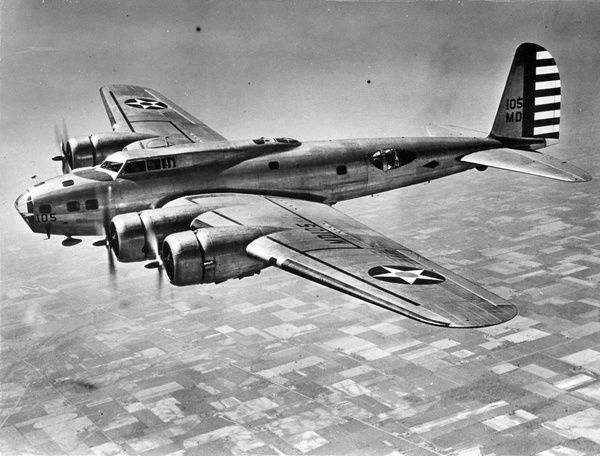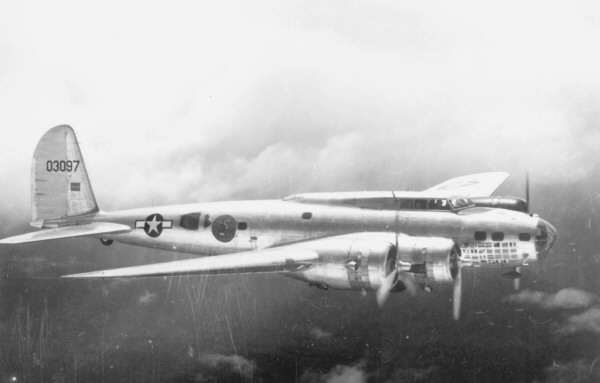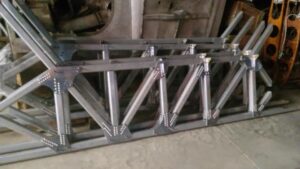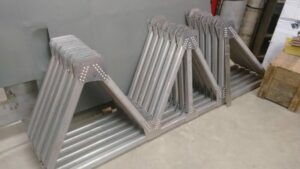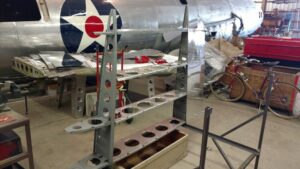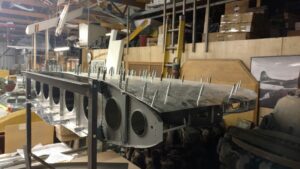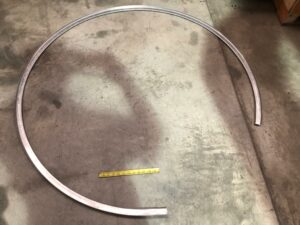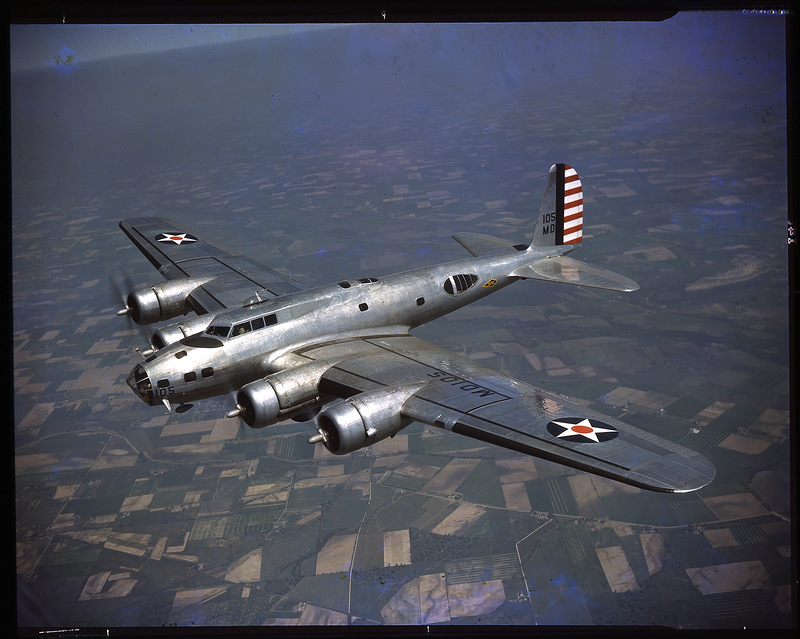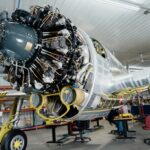As many readers will know, the Vintage Aviation Museum is a 501c3 non-profit organization which has been involved with the restoration of Boeing B-17E Flying Fortress 41-2595 for some years now. Mike Kellner aquired the butchered remains of this aircraft, known to many simply as Desert Rat, in 1985, and his team has been steadily working to restore the old bomber back to flying condition ever since. They have made great progress too, with the fuselage and significant components from the wings now structurally complete at the group’s workshop in Marengo, Illinois.
But during the last decade, persistent whispers have lingered regarding the possibility of building an airworthy early-model B-17, one of the so-called “shark fin” variants with the slimline fuselage and elegant vertical control assembly which vaguely resembles the tail fin of a shark. And quietly, the Vintage Aviation Museum has been working to bring this plan to fruition. About 130 “shark fin” B-17s were built, all of them before the U.S. entered WWII, and the Army Air Forces quickly phased them out of service for the more heavily armored B-17E and subsequent models. Due to their small numbers and secondary roles, very few “shark fin” B-17s remained at the end of the war, with all but one being scrapped in the years since. The sole intact survivor is B-17D 40-3097 The Swoose, presently under restoration at the National Museum of the U.S. Air Force in Dayton, Ohio… but even this example underwent a wartime conversion to accept wings from a B-17E.
Given the scarcity of original, early-model B-17 parts, the Vintage Aviation Museum’s effort to build a B-17C will mostly involve building parts from scratch, but the restoration team already has immense experience working on B-17s, so they will be starting from a very positive position. In describing their endeavor, the museum’s founder, Sean O’Brien, recently stated: “This project originated many years ago with the Desert Rat B-17 team, Mike Kellner and Bill Stanczak, kicking around the idea of building an early model B-17. After much thought and research, it was determined that it could be done. Fast forward several years later and the time has come to kick this effort into high gear. Many of the fuselage structural parts have been made and the next step is to start the assembly. The team will start with the forward fuselage, and it is estimated that it will take them approximately 6 months to do this. Some ribs have already been fabricated, and stringer extrusions have already been purchased. The main hold up to the assembly process is the heat treatment of the parts prior to assembly. The heat treating process is where the parts are placed into a large oven, at a temperature and duration that is dictated by the aluminum alloy used, which makes the metal harder and stronger. This is essential for making the airframe flight-ready.”
The images below depict just some of the components which the Vintage Aviation Museum has gathered or remanufactured for use in their B-17C.
“One bonus to this endeavor is that there are some components from later model B-17’s that can be used for the C model. Once this project is completed, it will be the only flying shark tail B-17 in the world. The estimated completion time to get her ready to fly is 10 years. Right now, we are appealing to all of you who read this to help pitch in and help make this happen. We are in need of volunteer machinists and fabricators. Even if you are not a machinist or fabricator, you can be involved and make a difference. We are currently embarking on a fundraising effort to help cover the cost of heat treating, along with rivets, supplies, etc. We are seeking to raise $15,000. Believe it or not, if everyone reading this contributed at least one dollar, this goal will be met very quickly. You can also help by spreading the word, sharing our Facebook page and website with your friends, neighbors and relatives. We feel that it is important for a rare piece of B-17 history to be shared with many. The more people who know about our efforts to make a shark tail B-17 grace the skies for future generations, the better.”
Those interested in making a financial donation to this worthy project can make them through the Vintage Aviation Museum’s Facebook Page, or via their website: www.vintageaviationmuseum.org. We look forwards to bringing more news about this exciting project as it moves forwards!







